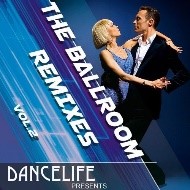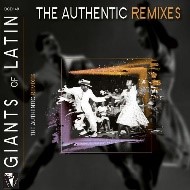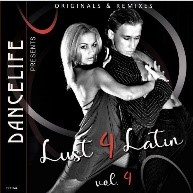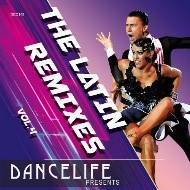Why DanceSport Music Remixes are controversial but necessary
Why DanceSport Music Remixes are controversial but necessary (1)
Although controversial, the DanceSport remixes are getting more and more popular, resulting in a 1 Billion (not Million) stream in 1 month on TIKTOK for the remix “Intoxicated Samba – DJ Sylz”. That is exactly the reason why it is necessary; It is the connection between DanceSport music and popular music. Not only dancers, but also normal (strange word choice) people can relate to the music.
The Best reason, however, is that music which is not usable for the DanceSport, can be remixed into a DanceSport music track. A good example is the remix made by Brent Thomas Mills, Unholy [Cha Cha Remix], which in its original mix is to slow. It is turned into a powerful Cha-Cha and it appeals Dancers and “Normal” people. Not only modern music can be remixed, on the album Giants of Latin; The Authentic remixes DanceSport DJs from all over the world remixed tracks from famous Latin musicians like Tito Puente, Pereze Prado, Machito and many more. The remixes kept the authentic sound but changed the songs, who had breaks, tempo changes and other issues into a DanceSport proof music track. Latin music can be remixed more easily, Ballroom music not so much.
Remixing Ballroom music is controversial. The first DanceSport DJ remixing Ballroom tracks was DJ Maksy on the album The Ballroom remixes vol. 1, which was very successful. The latest release in this album series, vol. 3 however, started a discussion amongst DanceSport DJs in a dedicated Telegram group. The Song that triggered the discussion is a Tango called “Pleasure of the Highest Sense [Peaky Blinders Tango]”, it contains a 8 bar modernized tango sound. All the steps in every dance are described in detail by all major DanceSport federations in their curriculum, but nowhere you can find anything about the music to the dance, outside of course the tempi.
Why is there no detailed description of the music that fits to the dance? (or is there?)
For Teaching, strict tempo is already killing, as teachers need slow tracks so people can learn the steps. In a discussion in the Facebook group Tanzschul Business (Germany) some good points were made about the tempi. So what exactly do we need from the music to make it fit to the dances?
A wider range on Tempi for social dancing and practice, strict tempo for competition dancers, Parameters like time signature, emphasis (accent), musical articulation and of course the characteristics of the music. This triggers the question;
Should we describe the rules for the music in a broader range (so that more music fits the dance and we keep connected to modern popular music) or should we keep it strict (and The DanceSport might be only for the happy few)?
Please give us your thoughts…
Follow us for more on this topic ( The DanceSport Music Guideline)
For your reference, please follow the links below to the albums and songs mentioned in this article.






